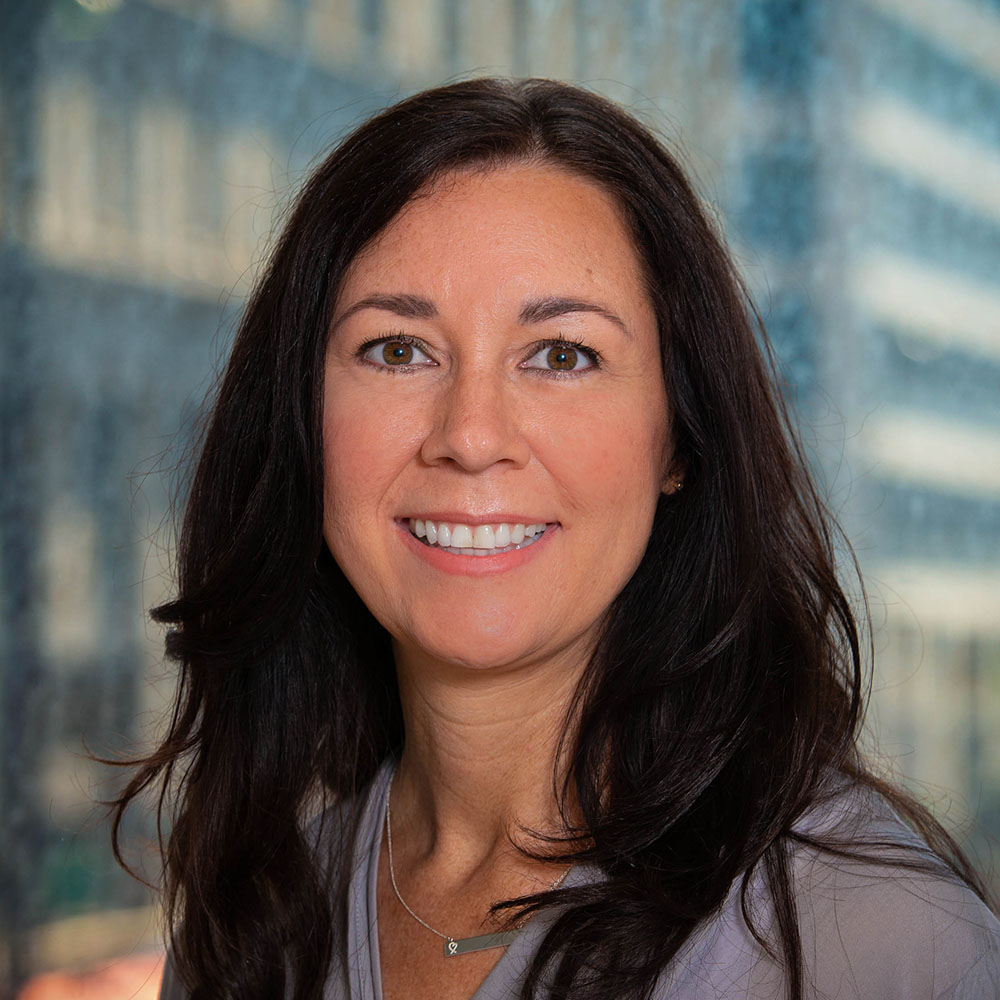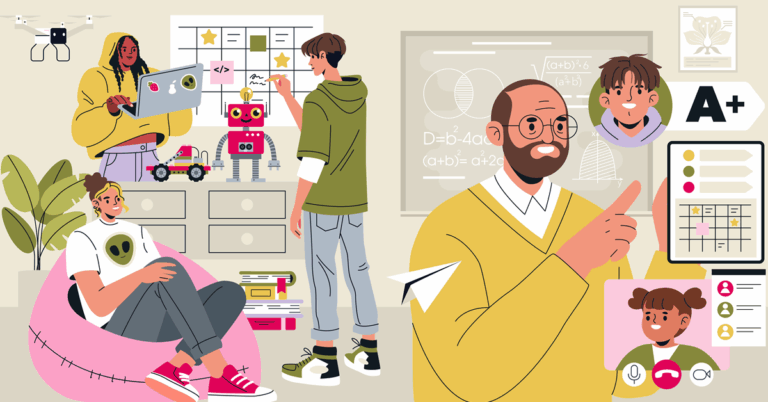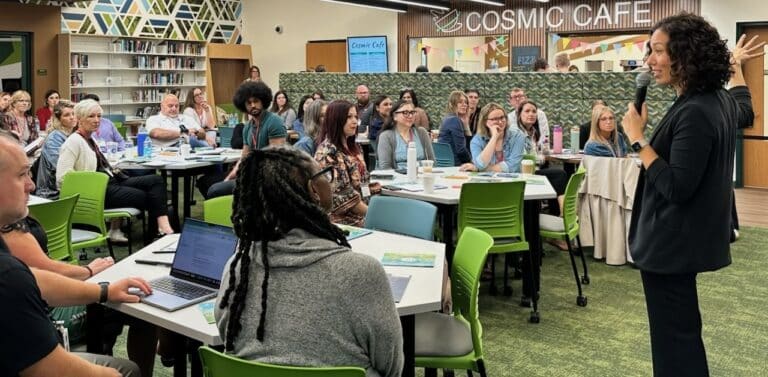When convening personalized, competency-based learning schools and districts across the country, a frequently asked question is, “How can we spread personalized learning beyond our core team and create buy-in for learner-centered practices?”
At its core, personalized learning is about authentic learning opportunities that are relevant to each learner. So, how do we scale and spread this idea in our buildings? Well, we have to be authentic and relevant in our spread and scale efforts. Where is learning authentic and personalized for adults, and how can the adults build systems of learner-centered, authentic learning experiences together?
- Practice using protocols for agency and voice. Reflect on your meeting, collaborating and learning structures. Where are there opportunities for your peers to have voice and agency? If we are asking adults to create environments where learners are agents of their learning, then we need to ensure that the adults are deeply experiencing agency, too. Here are a few of our favorite protocols for voice:
- Have a parking lot to capture ideas, including plus / deltas
- Use discussion protocols, and consider always giving individual thinking time first before conversation begins
- Organize ideas with an affinity diagram tool
- Launch a book study. Leading or participating in a school or department-wide book study can grow knowledge of personalized learning at your site. Some of my favorites are:
- Tapping the Power of Personalized Learning by James Rickabaugh
- Students at the Center by Bena Kallick and Allison Zmuda
- Bold Moves for Schools by Heidi Hayes Jacobs and Marie Hubley Alcock
- Build a team. Capitalize on enthusiasm for personalized learning by encouraging others to volunteer or apply to be part of a school or district innovation team that studies personalized learning and serves as a resource for peers, like the Vanguard team at FlexTech High School in Michigan. These teacher leaders not only benefit from additional professional development, they also serve as a vital resource for their peers.
- Get social. Use your school or district’s social media channels to highlight personalized learning strategies. If you can share photos and videos without violating student privacy, do so. Everyone wants to know what personalized learning looks like, and social media is a great way to show them. If you aren’t sure how to get started, check out our social media advocacy toolkit.
- Break the one-size-fits-all approach to professional development. Educators need personalization, too. When professional development is personalized for educators, they’re experiencing the kinds of learning opportunities we want our students to experience, allowing them to better understand how and what they need to do and why it’s valuable. This is a great data-informed resource from EdSurge for rethinking professional development, and in Finding Your Path: A Navigation Tool for Scaling Personalized, Competency-Based Learning, we provide guidance for getting started on pages 51-53.






